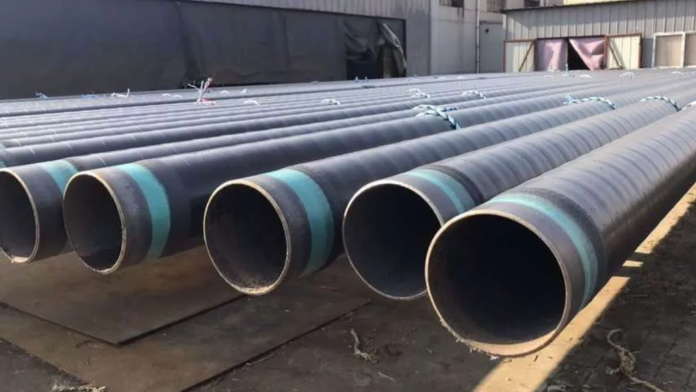The skill of pipe connection is the linchpin of the complicated network of pipelines that weaves through numerous industrial processes and everyday infrastructure, guaranteeing the flawless movement of liquids and gases. Pipe connections are the critical joints that connect dissimilar portions of pipelines, allowing for the controlled transport of substances across a wide range of applications.
These connections are critical in both industrial and residential contexts, joining pipes with precision to assist fluid movement ranging from water distribution and gas transmission to chemical treatment. Whether in huge industrial operations or domestic plumbing systems, pipe connections must be efficient and reliable.
The type of material being transported, pressure requirements, environmental circumstances, and regulatory standards all influence the choice of appropriate connection methods and fittings. Depending on the system’s requirements, several pipe connection types, such as threaded connectors, welded joints, flanges, and compression fittings, provide significant advantages.
How Can The Durability Of Pipe Connections Be Guaranteed?
To enhance the durability of pipe connections, prioritize good installation by adhering to prescribed torque standards and material compatibility guidelines. Conduct routine inspections to quickly detect and address possible issues. Implement corrosion prevention methods, such as protective coatings or cathodic protection, and keep track of environmental conditions.
Different Kinds of Pipe Connections and Its Applications
Various connection methods are used depending on the application, material, and desired level of durability. In this detailed article, we look at the most prevalent types of pipe connections and their applications.
Threaded Connections
Threaded connections involve pipes with male and female threads, facilitating easy assembly and disassembly. These connections are widely used in residential plumbing for their simplicity and versatility. They are suitable for low to moderate-pressure applications where frequent maintenance or adjustments are necessary. Threaded connections provide a cost-effective solution.
Socket-Weld Connections
Socket-weld connections employ pipes with an interior socket that is welded to the adjacent pipe, resulting in a strong, leak-proof union. These connections are commonly used in high-pressure situations, such as petrochemical plants and oil refineries. Socket-weld connections are a safe and long-lasting way to keep piping systems intact in high-pressure and high-temperature environments.
Butt-Weld Connections
Butt-weld connections need pipes to be welded at the ends, resulting in a permanent and strong junction. These connections are preferred in applications requiring high pressures and temperatures, such as power plants and chemical processing facilities. Butt-weld connections are a reliable and leak-proof option for essential industrial systems where joint integrity is critical to safety and operating efficiency.
Flanged Connections
Flanged connections include employing flanges at the pipe ends that are fastened together to form a secure joint. They are widely used in applications requiring frequent assembly and disassembly, such as water treatment plants and HVAC systems. Flanged connections are versatile and can handle a wide range of pressure levels. Their adaptability makes them excellent for sectors requiring flexibility and ease of maintenance.
Compression Connections
Compression connections use a compression ring or ferrule to seal the pipe and fitting, resulting in a secure union. These connectors are commonly utilized in plumbing systems where a leak-proof and dependable union is required. Compression connections are appropriate for moderate-pressure applications, giving a simple and effective way to join pipes in residential, commercial, and industrial plumbing systems.
Grooved Connections
Grooved connections use couplings with matching grooves on the pipe ends, which are secured with bolts and nuts to form a tight junction. They are widely utilized in firefighting systems because they allow for quick and easy installation without the need for welding. Grooved connections are useful in applications where speed and convenience of assembly are vital, such as emergency response scenarios and surroundings that require rapid deployment.
Push-Fit Connections
Push-fit connections use fittings with rubber O-rings or seals to form a watertight union when pipes are pressed together. These connections are popular in household plumbing systems since they are easy to use and do not require any additional tools. Push-fit connectors are appropriate for low-pressure applications and offer a quick and effective alternative for joining pipes in situations where ease of installation is important.
Conclusion
Choosing the right pipe connection type is crucial for the success of any piping system. Factors such as the application, pressure, temperature, and maintenance requirements should be carefully considered. Understanding the advantages and limitations of each connection method ensures the efficient and reliable operation of piping systems in diverse industries and applications.










